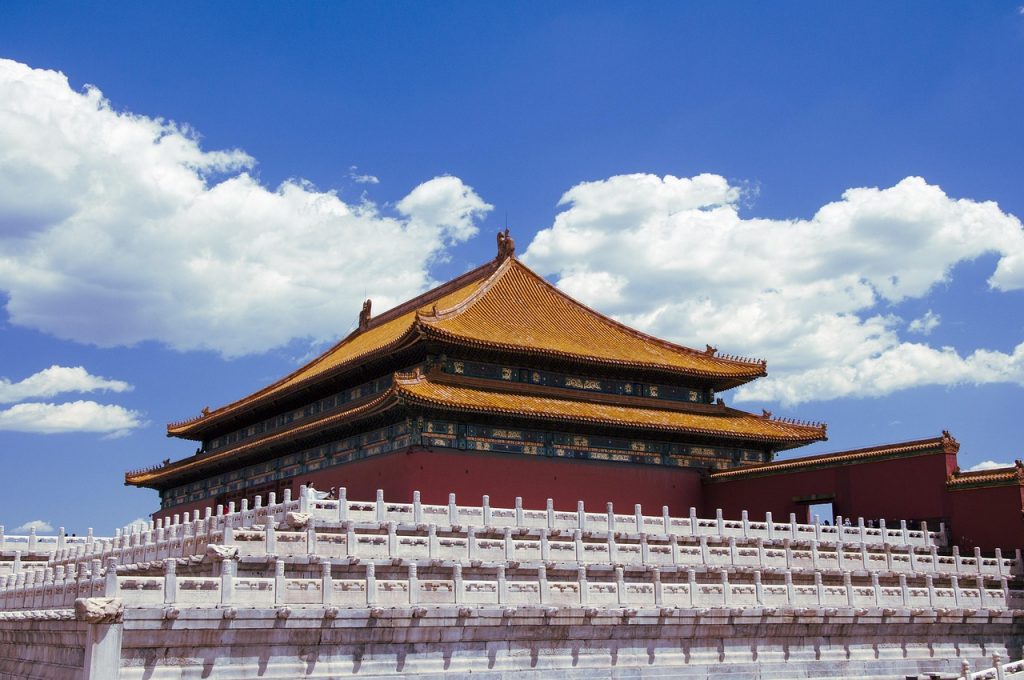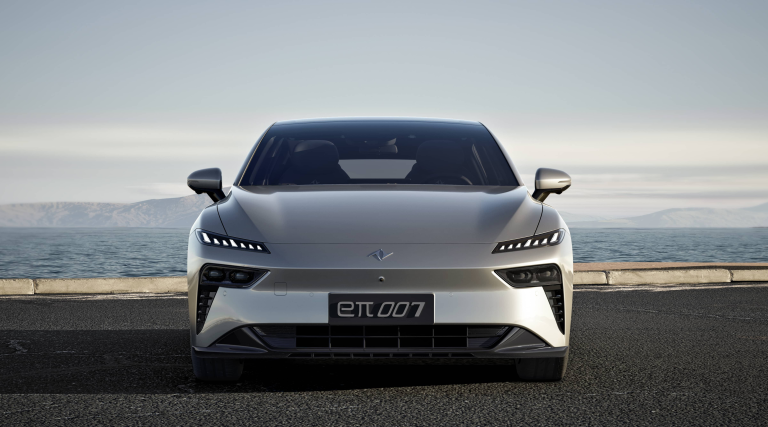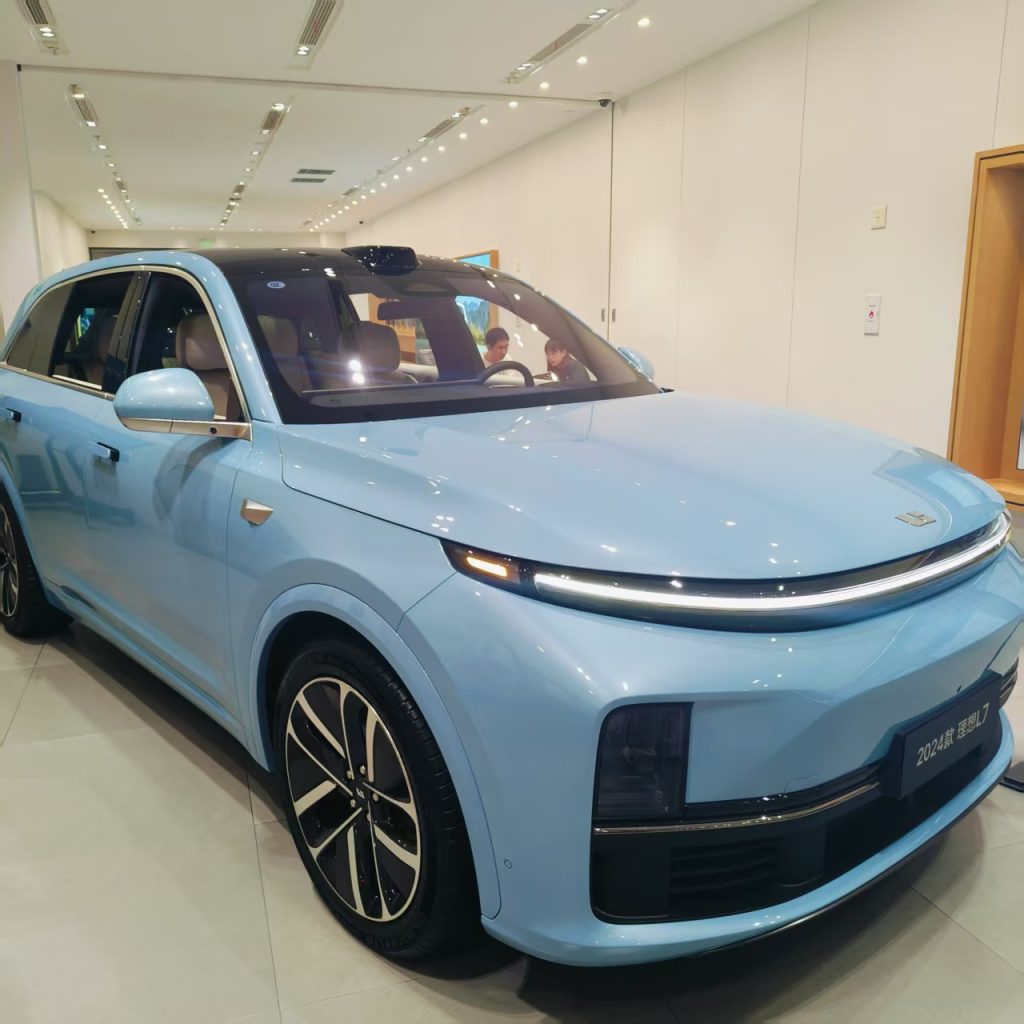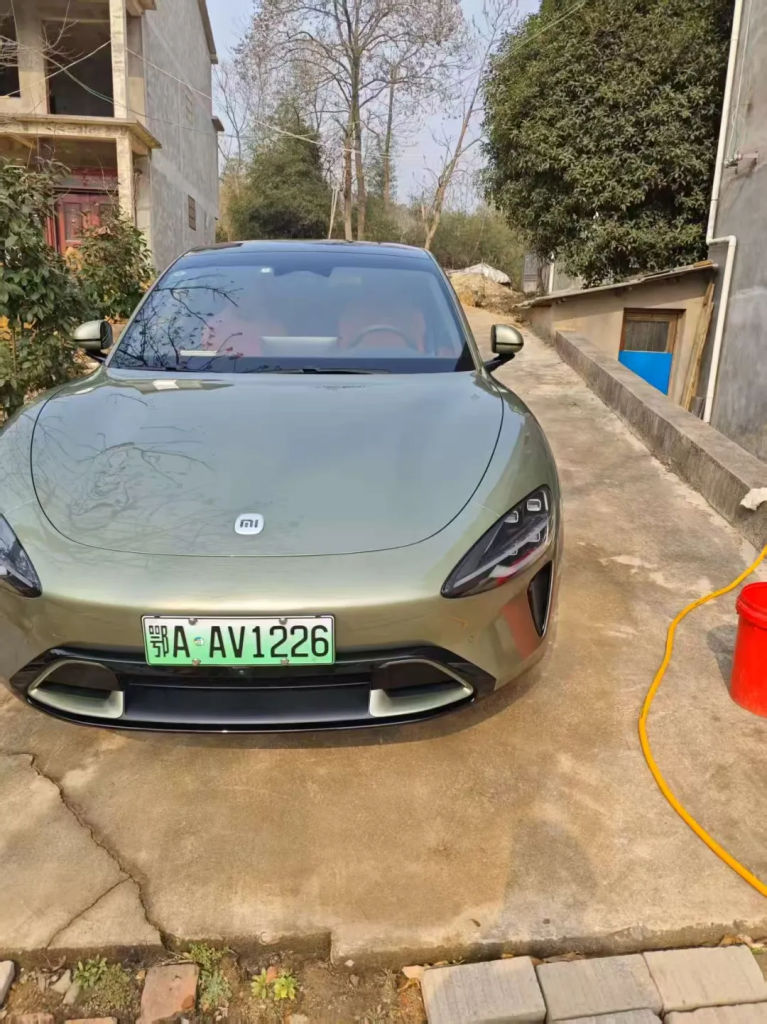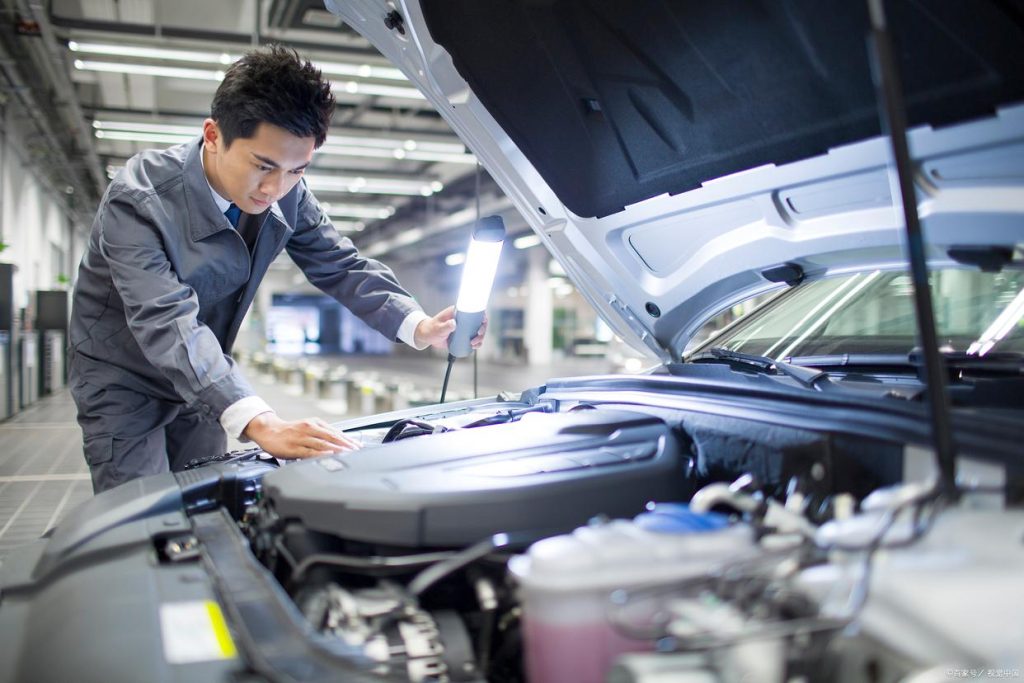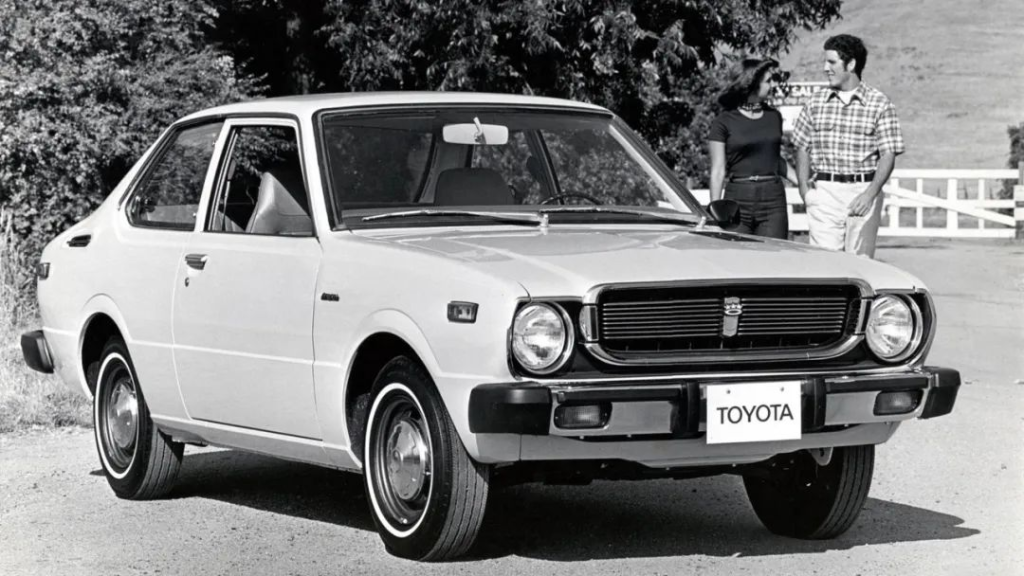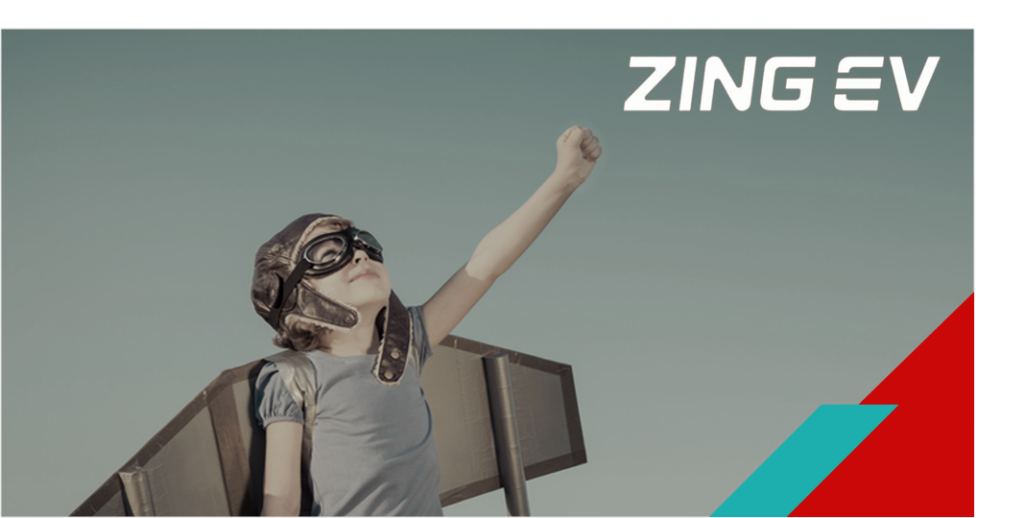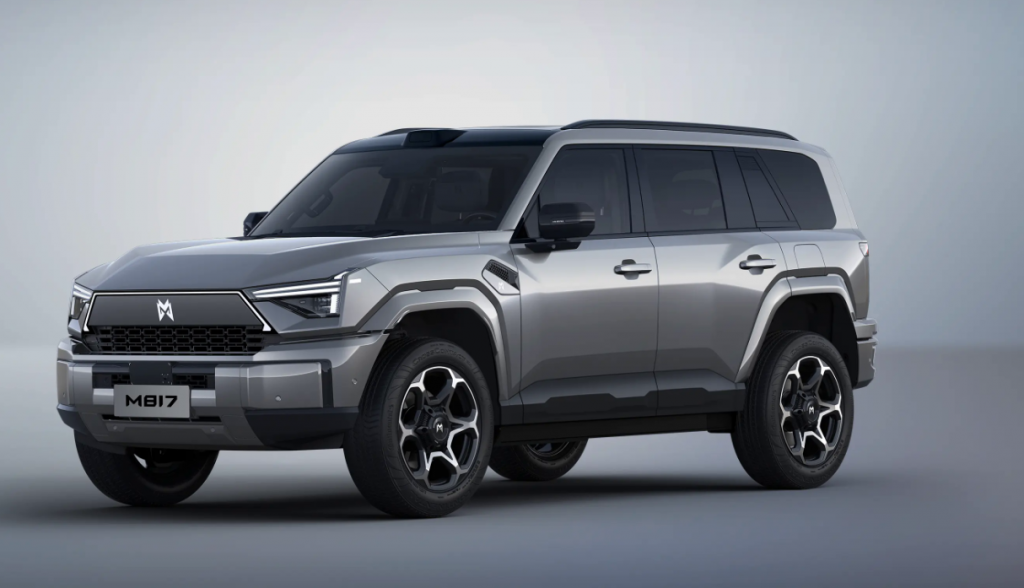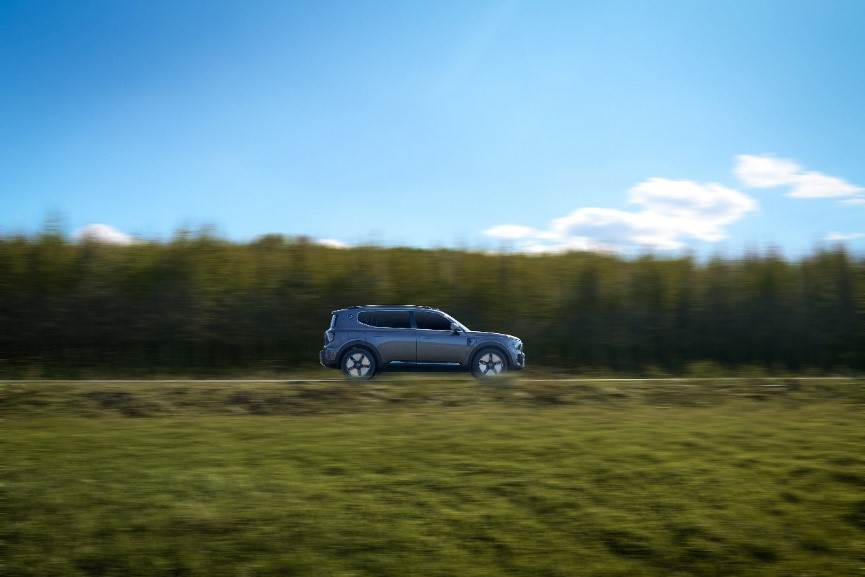For years, Tesla’s Model Y stood unchallenged in China’s EV market – a champion that sold a staggering 480,000 units in 2023, securing its throne as the undisputed king of electric SUVs. But 2024 has brought a reckoning. Sales through the first five months have slumped, with just 24,770 vehicles sold in May, a sharp 38% drop from the same month last year.
Now, with Xiaomi’s blockbuster YU 7 SUV amassing 300,000 orders in days, and challengers like Li Auto’s L6, XPeng’s G7, and Nio’s Onvo L60 flooding the market, the question looms:
Has China finally dethroned the Model Y?
The data appears damning. Yet declaring the end of Tesla’s dominance is premature. The real challenge isn’t a single rival—it’s whether Tesla can adapt to China’s “hyper-speed” competition, where product cycles shift quarterly and cost-cutting is measured in single percentage points.
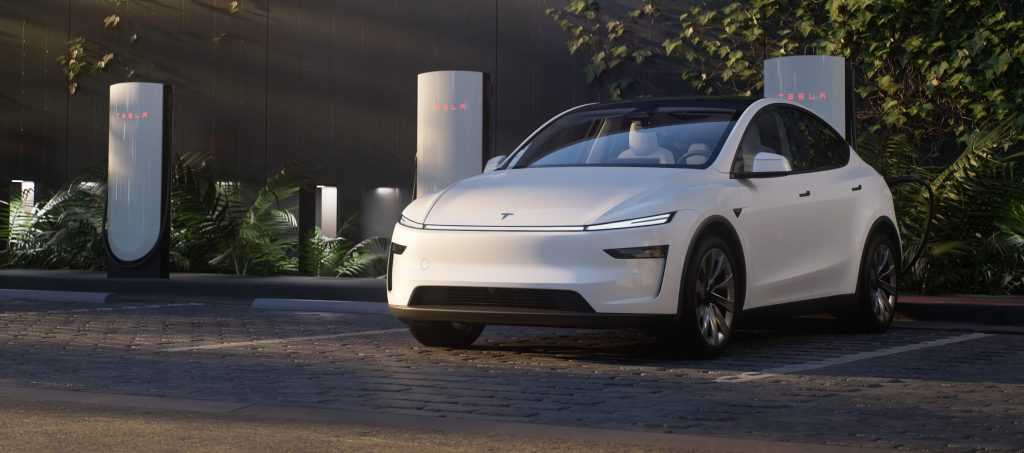
Model Y’s Hidden Strengths – Systemic Resilience
Tesla doesn’t compete with China’s “quantity-over-quality” approach. Instead, it leverages three structural advantages:
- Brand Cachet – Tesla remains synonymous with EVs globally, a perception slow to erode.
- Vertical Integration – From batteries to FSD, no automaker rivals Tesla’s in-house tech stack.
- Global Pricing Power – Even with shrinking margins (down to 16% in Q1), Tesla’s Shanghai plant maintains ~$3,300 operating profit per car – Far surpassing local rivals still bleeding cash.
This financial stamina grants Tesla a war chest for China’s cutthroat price wars—something Nio, XPeng, and Li Auto lack.
Tesla’s Secret Weapon? A China-Exclusive Model Y
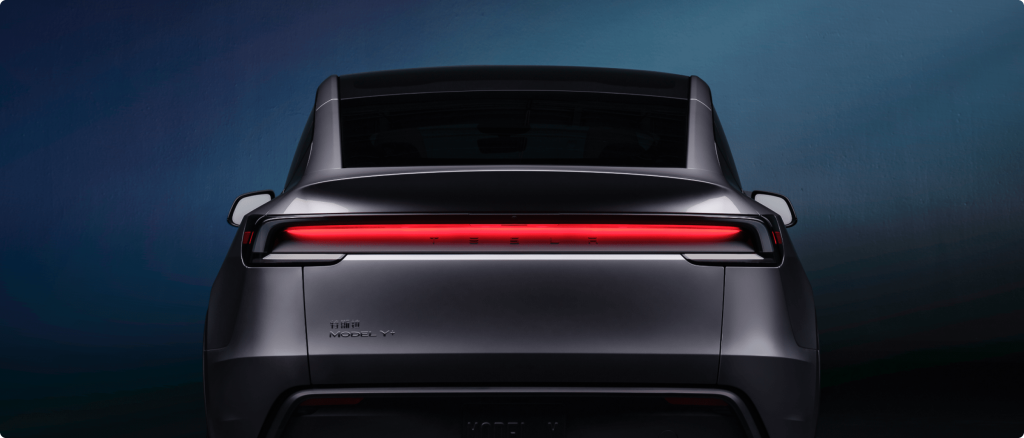
Rumors suggest Tesla is quietly developing a stripped-down Model Y, slashing features to hit a 230,000 yuan ($32k) price tag. Critics call it “cheapening the brand,” but the strategy has merit:
- 64% of China’s EV SUV sales occur below 250,000 yuan – a segment Tesla currently does not contest.
- Even with lower margins, 3+ million annual volume (supported by Shanghai’s 2M-unit expansion) could offset R&D costs for FSD and energy products.
Timing matters: If Tesla moves fast, it could flood the market before rivals consolidate.
The Misunderstood Tech Gap—Tesla’s Long Game
Chinese pundits mock Tesla’s “slow” autonomous-driving progress, missing its strategic patience:
- While domestic brands brag about city NOA, Tesla’s vision-only FSD is achieving zero-intervention drives in the U.S.
- Instead of adding costly lidar, Tesla built Dojo – a supercomputer boosting AI training efficiency 1000x.
Yes, regulatory delays hurt Tesla in China. But history warns against counting them out: Apple was once written off for ignoring local tastes – before ecosystem lock-in made the iPhone unbeatable.
2025 Showdown – Clash of Business Models
| Factor | Tesla’s Playbook | Chinese Challengers |
|---|---|---|
| Product Cadence | Global cycles (2-3 years) | China-speed (annual revamps) |
| Profit Engine | Hardware + software subs | Loss-leading hardware |
| Tech Strategy | Full-stack, slow rollout | Fast-follower supply chains |
History proves China’s EV graveyard is full of “flash-in-the-pan” hits (see Wuling Mini EV) – suggesting endurance, not short-term bursts, determines winners.
The Fight is Far From Over
Writing Tesla’s obituary in China is rash. Three wildcards remain:
- A RMB 230K Model Y could reset the entry-game
- FSD approval would unleash software profits (really look forward to it! welcome to Shanghai)
- Shanghai’s export hub hedges against slumps
The real lesson? As Chinese brands move premium, Tesla must go mass-market – or risk becoming a niche player. This isn’t checkmate. It’s a new chessboard.

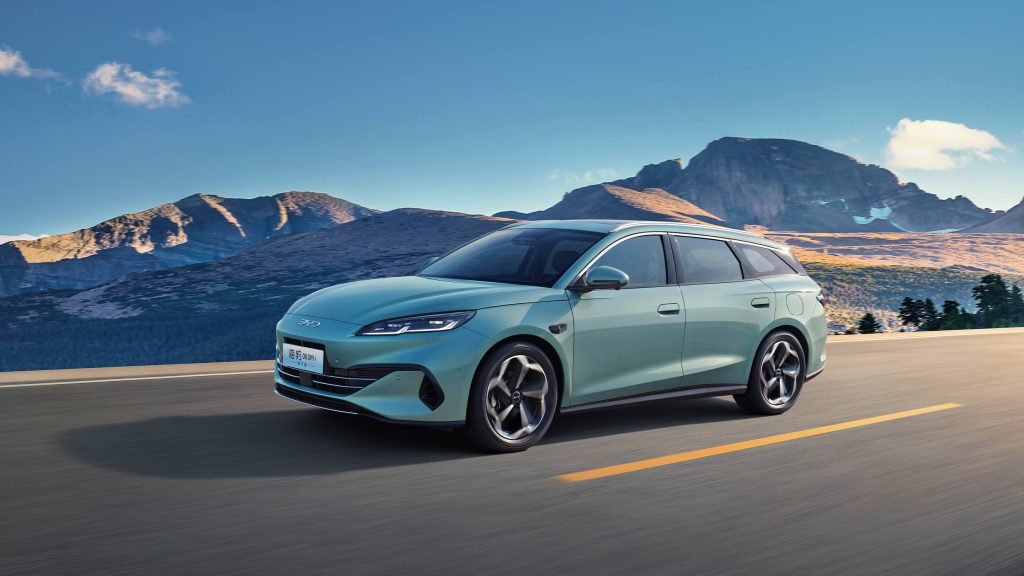
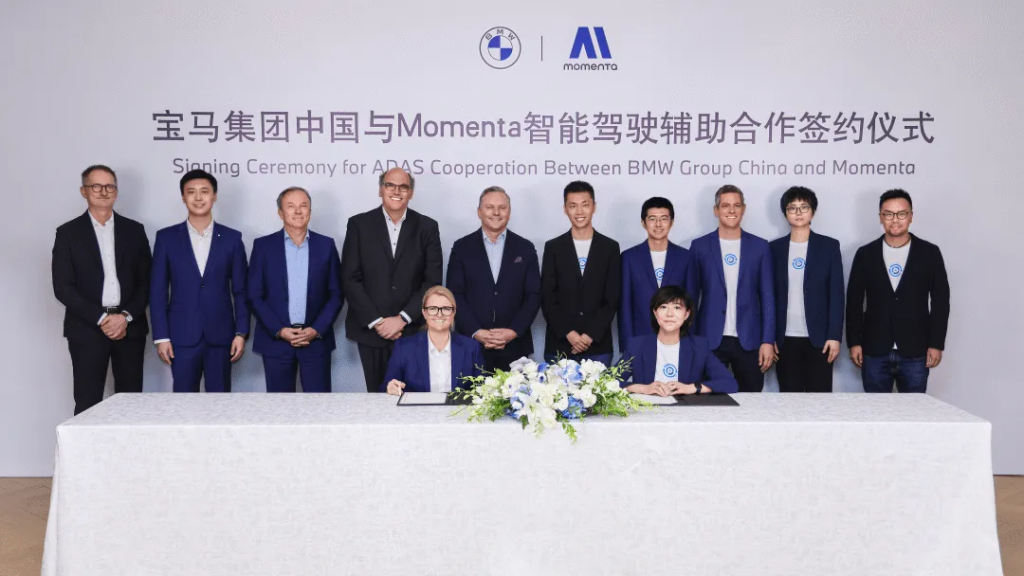
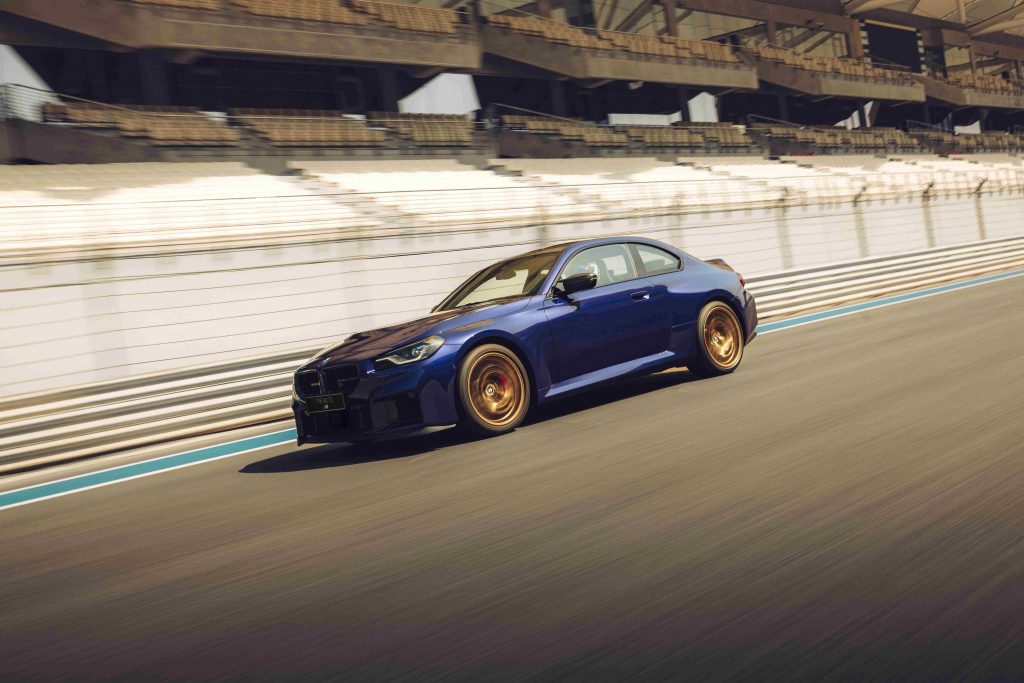
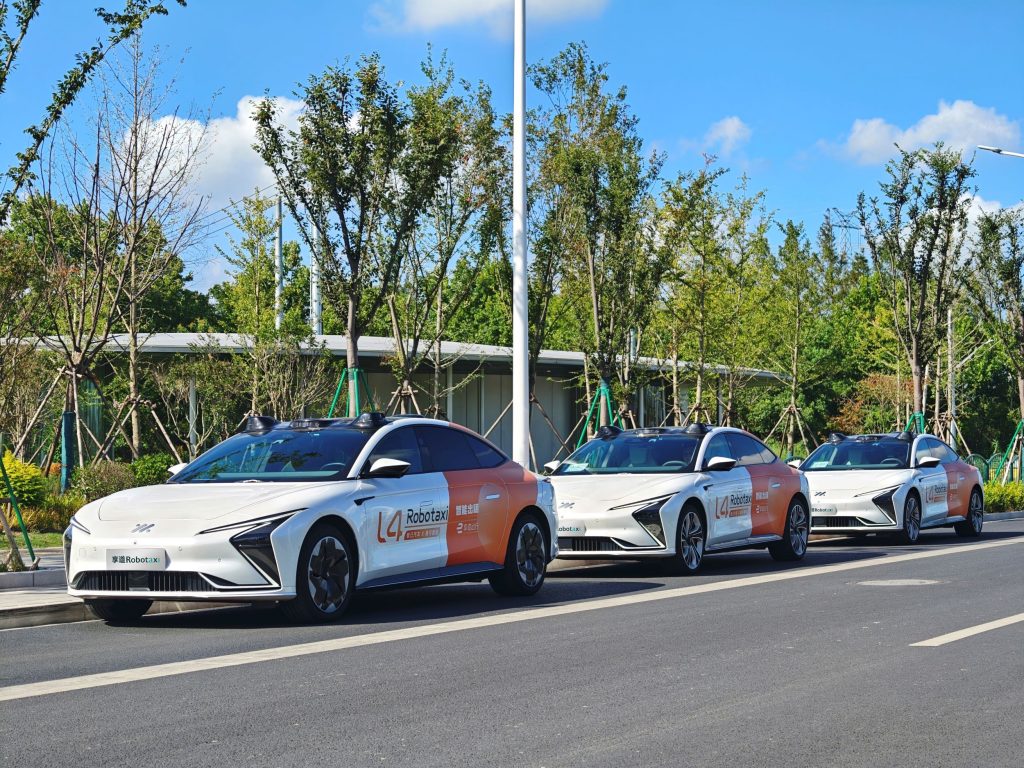
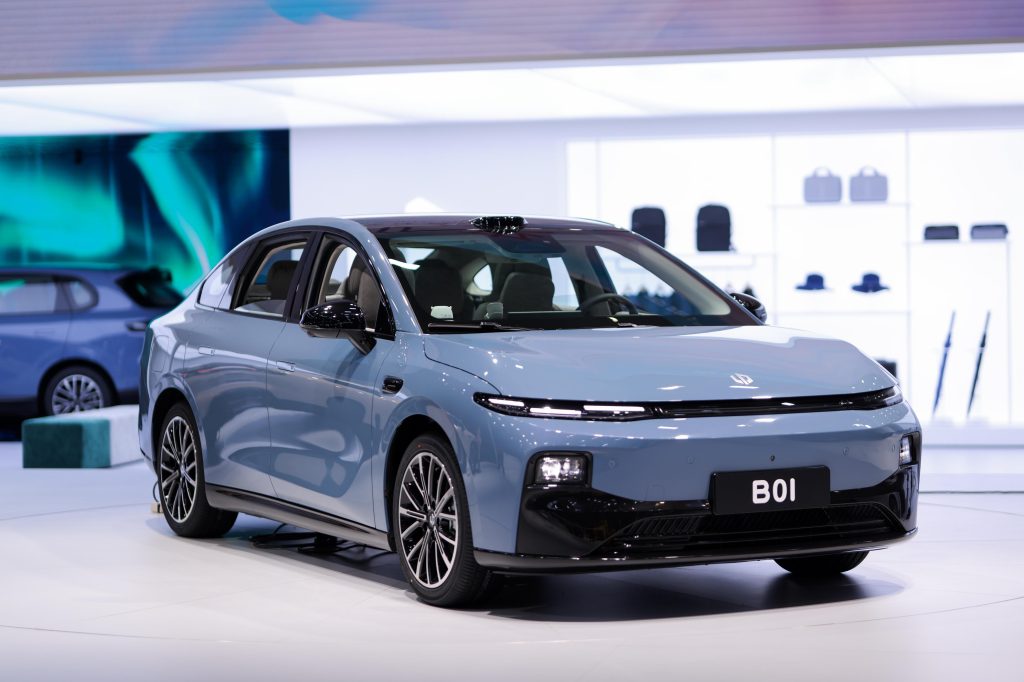
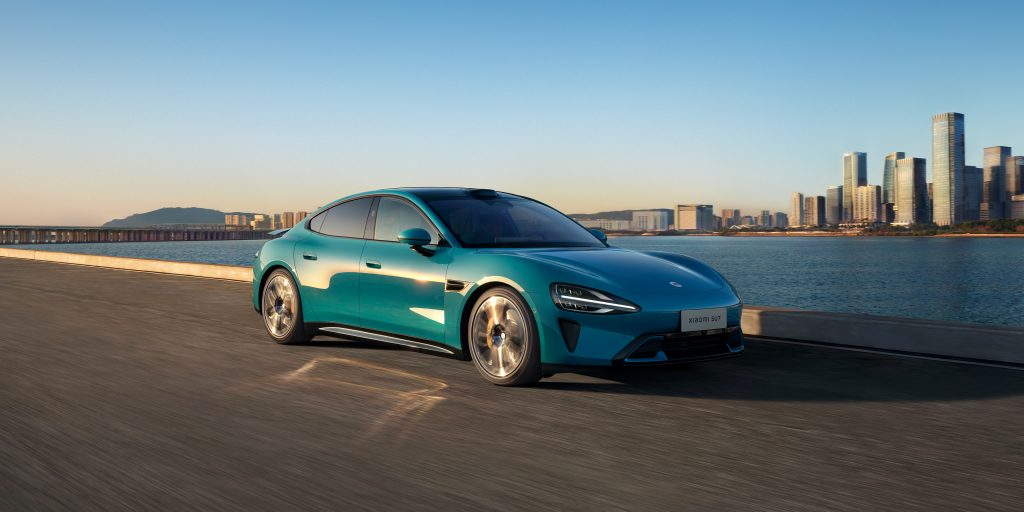
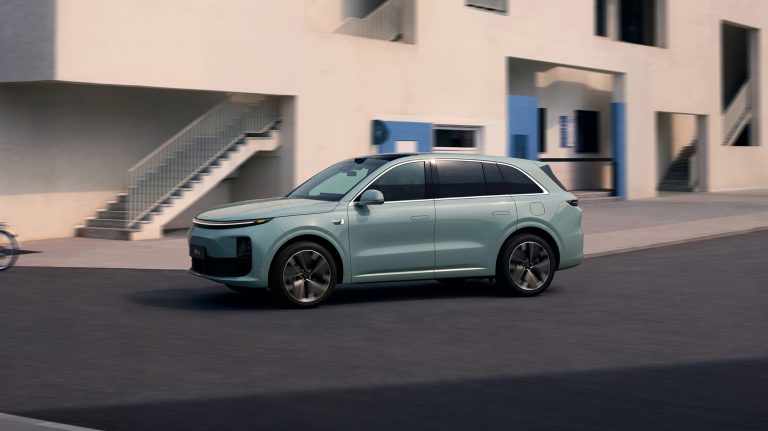

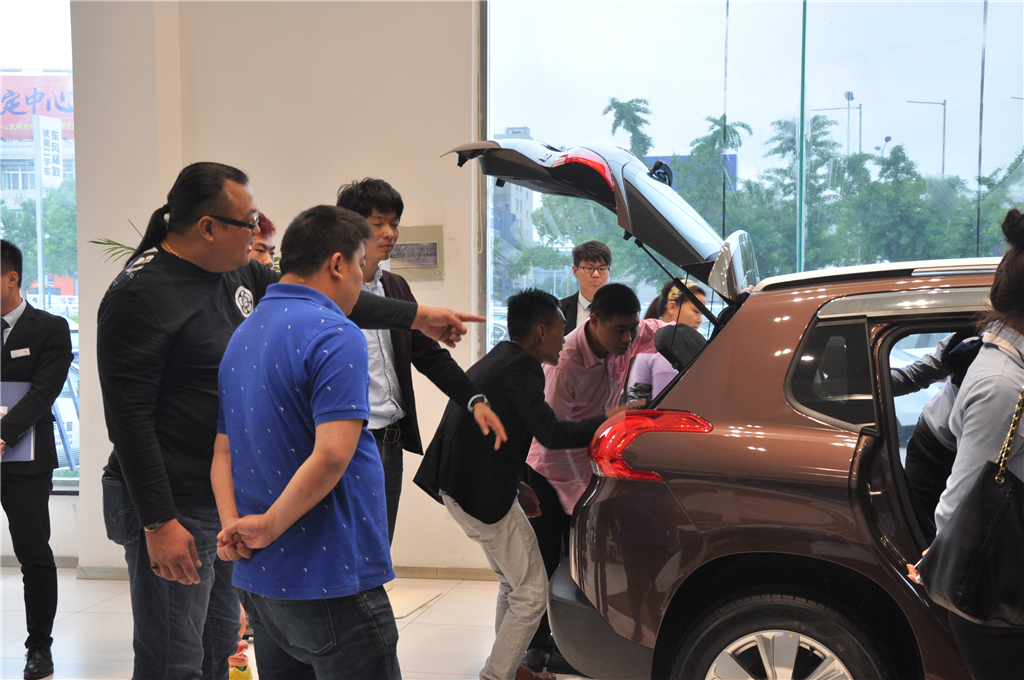
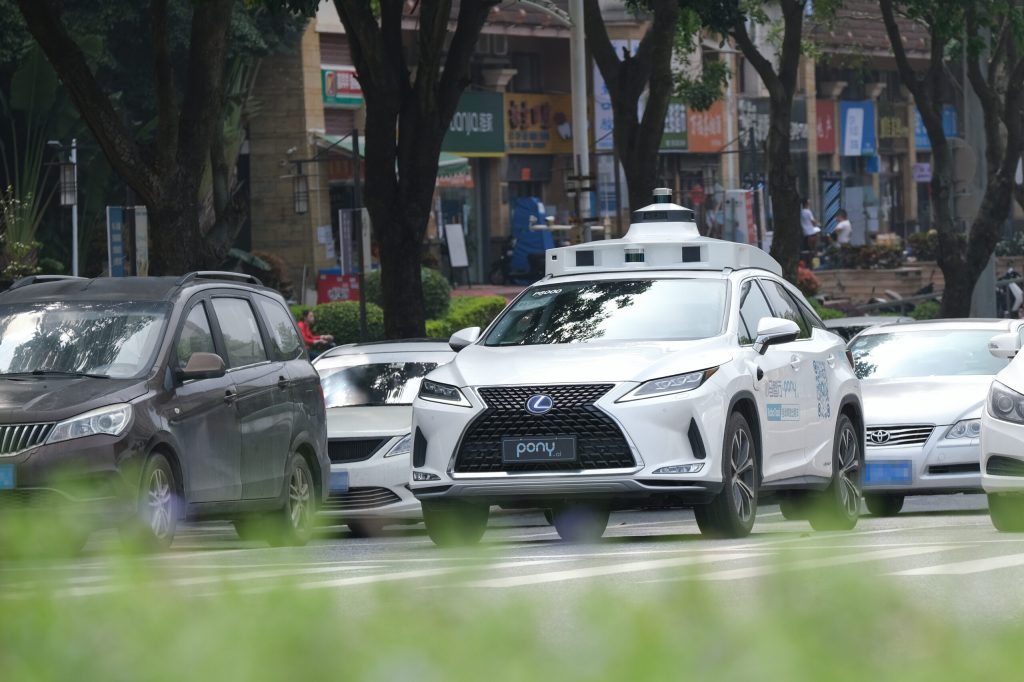
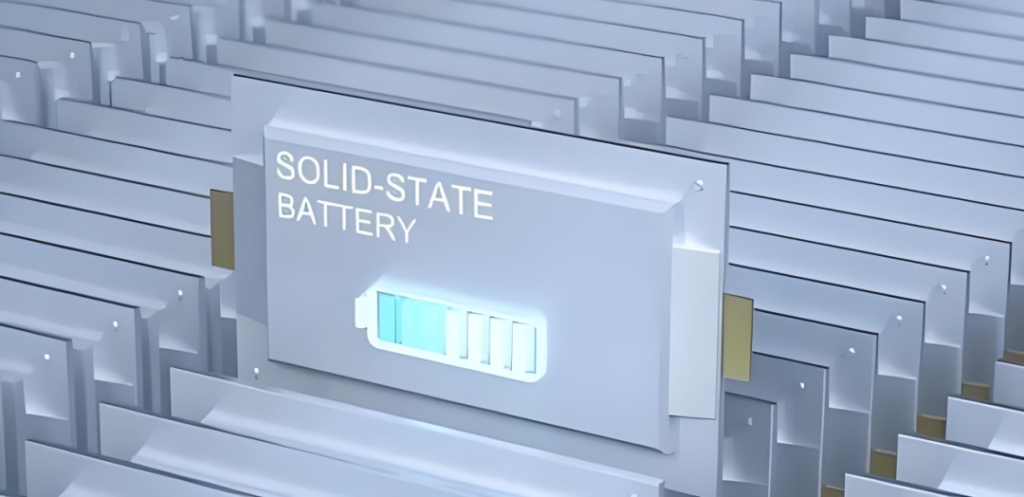
![[POLICY WATCH] CHINA’S 2025 CAR SCRAPPAGE SCHEME: HOW NEVS ARE RESHAPING THE MARKET](http://www.zingevs.com/wp-content/uploads/2025/07/388ec94d-e2cc-4894-97e0-48762c7e4d1d-1024x615.jpg)
